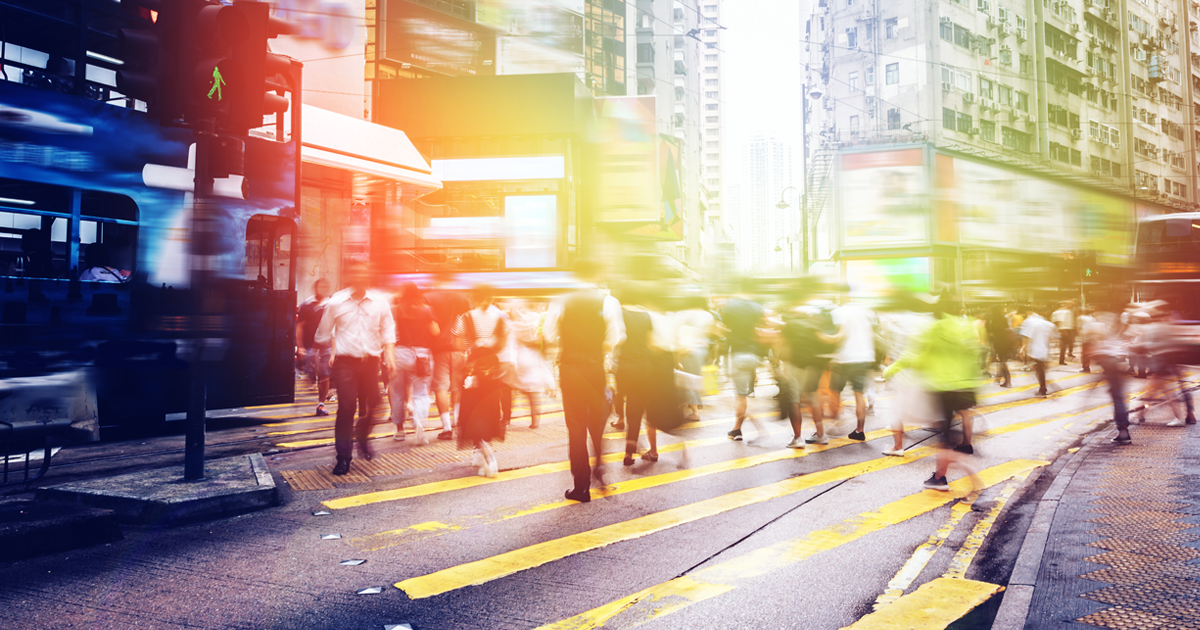
The United States government lists the following ten signs as potential visual cues to detect a victim of trafficking:
- Living with employer
- Poor living conditions
- Multiple people in cramped space
- Inability to speak to an individual alone
- Answers appear to be scripted and rehearsed
- Employer is holding identity documents
- Signs of physical abuse
- Submissive or fearful
- Unpaid or paid very little
- Under 18 and in prostitution
We are now left to wonder how to create new detection methods, given the social shifts like social distancing and mask wearing taking place due to COVID-19. Even before the pandemic, identifying victims of trafficking was a difficult task - one now made even harder, as illegal operations have become more underground but no less prevalent during the pandemic. Detection requires the collective vigilance of communities, neighborhoods, and individuals to both see something and say something. As COVID-19 puts greater space between us to stop the spread of germs, it has also limited our ability to catch vital signs in time to help others in danger. During a crisis period, attention is often focused on ourselves as opposed to on others. That is, as quarantine has moved a large portion of society to a new ‘work from home’ routine, there are lessened opportunities to observe others, encounter people on the streets, or witness patterned or suspicious behavior. Victims may also be less likely to outwardly express their need for help, given the immense financial strain and large scale job loss since the onset of COVID-19. Mandated reporters now face barriers, as school and doctor visits are taking place virtually. In online settings like Zoom, it can be hard to tell if a potential victim is alone, or if there is an impending threat off-screen or the victim is being coached. Opportunities for external intervention become few and far between, all while there are fewer places of refuge to seek immediate help given large scale service and shelter closures. Although masks play a vital and important role in stopping the spread of Coronavirus, they often aid traffickers in remaining anonymous and make it harder to identify victims. Masks may also make it difficult to judge a victim's age or read their facial cues. Lastly, exploitation now can take place remotely, between screens, and not necessarily in person. The FBI has reported on an increase in dark web activity focused on cyber-sex trafficking, meaning traffickers are concentrating their attention online to both lure, exploit, and distribute illegal content from victims.
As the risks increase, knowing the signs becomes all the more important. According to McClain & Garrity, Signs of a trafficked teen can include: frequent pregnancy/abortions , frequent STD treatment, signs of violence /physical trauma, pimp tattoos, or frequently being accompanied by an older male. Support networks are incredibly important in detecting these signs and preventing environments in which victims. Friends and family are the most important resources for identifying and aiding victims, as well as larger members of the community. Technology has also played an important role in aiding and helping victims.
According to research from Polaris, there has been an increase in text and virtual based outreach for victims of sex trafficking during the pandemic. Virtual and text based outreach allows for a greater chance that a victim in need will cross paths with a resource or be more comfortable reaching out. Learn more about mobile apps for crime victims and providers.
Return to the COVID-19 and the Evolution of Human Trafficking Blog Series page.
